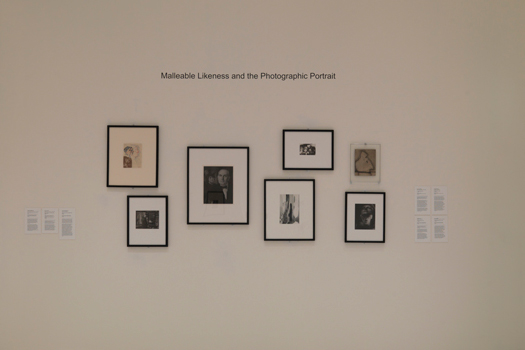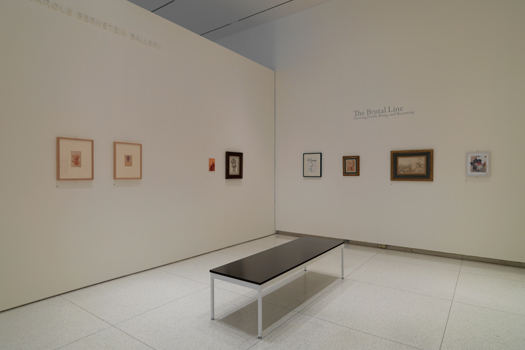Past Exhibitions

Joseph Yoakum: Line and Landscape
September 8, 2009 – May 2, 2010
During the last decade of his life, self-taught artist and South Side resident Joseph Yoakum (1890–1972) began drawing almost full time. He produced several thousand works in this short period, mostly of highly stylized landscapes.

Malleable Likeness and the Photographic Portrait
May 19 – August 30, 2009
This exhibition considers the malleable role of likeness in portrait photography from the mid-nineteenth century to the present.

The Scholar’s Studio: Selections from the Edward A. and Inge Maser Collection
May 5 – October 18, 2009
An exhibition of works from the collection of Edward A. Maser, the first director of the Smart Museum and a scholar of the baroque.

Your Pal, Cliff: Selections from the H. C. Westermann Study Collection
April 2 – September 6, 2009
Horace Clifford (H. C.) Westermann (1922–1981) created a meticulously crafted and highly personal body of work that defies easy categorization.

Aaron Siskind: The Thing Itself
January 13 – May 10, 2009
Aaron Siskind (1903–1991) is best known for his abstract photographs, often of natural forms or architectural features that were manipulated in order to produce unfamiliar images.

The ‘Writing’ of Modern Life: The Etching Revival in France, Britain, and the U.S., 1850-1940
November 18, 2008 – April 19, 2009
This exhibition examines the intertwined arts of etching and writing, from the polemical beginnings of the Etching Revival in the 1850s to its twentieth-century afterlife.

Displacement: The Three Gorges Dam and Contemporary Chinese Art
October 2, 2008 – January 25, 2009
This exhibition presents work that four leading contemporary Chinese artists—Chen Qiulin, Yun-Fei Ji, Liu Xiaodong, and Zhuang Hui—have created in response to the Three Gorges Dam.

The Brutal Line: Drawing Death, Being, and Becoming
September 16, 2008 – January 4, 2009
Through focused comparisons between Italian masters and their modern and contemporary counterparts, The Brutal Line examines how artists have used drawn marks to express extreme physical or existential states.

Street Level: Modern Photography from the Smart Museum Collection
June 17 – September 7, 2008
With photographs by Walker Evans, Georgy Zelma, Nathan Lerner, and Paul Strand, among others, this exhibition of works from the Smart Museum collection looks at the modern city as seen from the street.

Seeing the City: Sloan’s New York
May 22 – September 14, 2008
Seeing the City maps John Sloan's New York, locating precisely the sites portrayed in his work and examining the personal meaning tied to the places he chose to depict again and again.